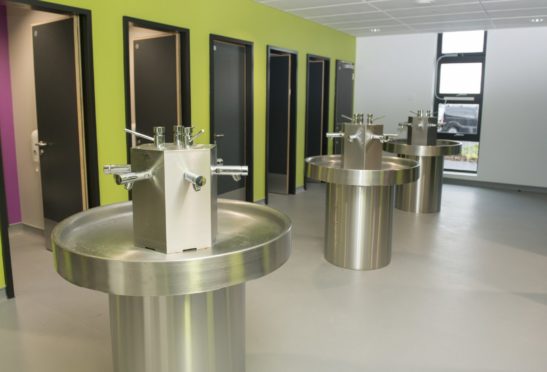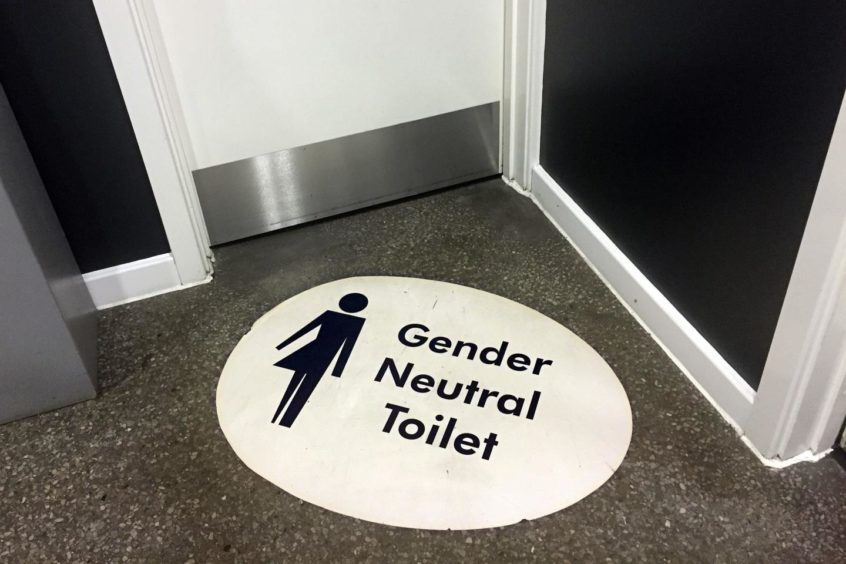We’ve gathered together all you need to know about unisex toilets in schools.
What do they look like?
Design options can vary, but the general concept is one space for all pupils, with enclosed cubicles and shared wash facilities. In many schools, the area is open plan so the communal areas can be seen from the corridor. The cubicles themselves are full height and completely private. Often there’s a dividing wall down the middle of the space, with one ‘side’ for girls and the other for boys.
Do they have urinals?
No, unisex toilets have private cubicles rather than urinals and these cubicles are suitable for all genders.
Are there sanitary bins?
Sanitary bins are provided in cubicles.
What are the benefits?
Many schools with unisex toilets say they reduce the opportunity for bullying, which often takes place behind closed doors. Having more open plan spaces reduces the opportunity for threatening behaviour. It’s also considered a deterrent to vandalism and smoking.
What are the drawbacks?
Some parents worry that unisex toilets will make children – particularly girls – feel uncomfortable. In particular, girls might feel awkward when they need to dispose of sanitary products. Some feminist groups want to keep single-sex spaces to help girls and women feel safe. Parents have also said that pupils are more likely to engage in sexual activity if they share a space with private cubicles.
Are they cheaper?
There’s no getting around the fact that budget is a key reason why many councils are going down this route. Unisex toilets are generally cheaper to install and easier to maintain than gendered facilities.
Are they safe?
Some people have suggested that having pupils as young as 12 sharing facilities with pupils who could be 18 introduces safeguarding issues. However, it could also be argued that kids are safer as bullying is less likely to take place in open plan areas.
What does the Scottish Government say?
There’s some debate over current guidance and how it’s applied. Some feminist campaigners point to the School Premises (General Requirements and Standard (Scotland) Regulations 1967. This states that in “every school, which is not designed exclusively for girls, half the toilet accommodation should be for boys.”
This has led some to claim that unisex toilets are illegal.
However, the guidance is open to interpretation. Arguably, boys can use half the cubicles in unisex toilets.
The Scottish Government did recently provide new guidance to schools which says that trans pupils should be allowed to use toilets that match the gender they identify as.
What do gender equality groups say?
LGBTQ+ campaigners have long argued against binary definitions of gender. They generally welcome the move towards unisex toilets in helping pupils to feel more comfortable regardless of their gender identity.
What do feminist campaigners say?
Some feminist groups such as For Women Scotland want the government to protect single sex spaces. They say that unisex facilities can contribute to girls and women feeling vulnerable or unsafe.
What do parents and pupils think?
Pupils are as individual as parents and there’s a wide range of opinions on unisex toilets. Recently, parent campaigners forced Highland Council to abandon plans for unisex toilets at Culloden Academy. Meanwhile, in our recent poll over 56% of people said ‘no’ to unisex loos. Only 21% were in favour, with 22% saying they’re fine alongside traditional loos.
More from the Schools and family team
World record breaking Paralympian Neil Fachie backs Ellon Wheel Park
School absences due to Covid-19 increasing across north and north-east
Free music tuition: What you need to know and how to get it

